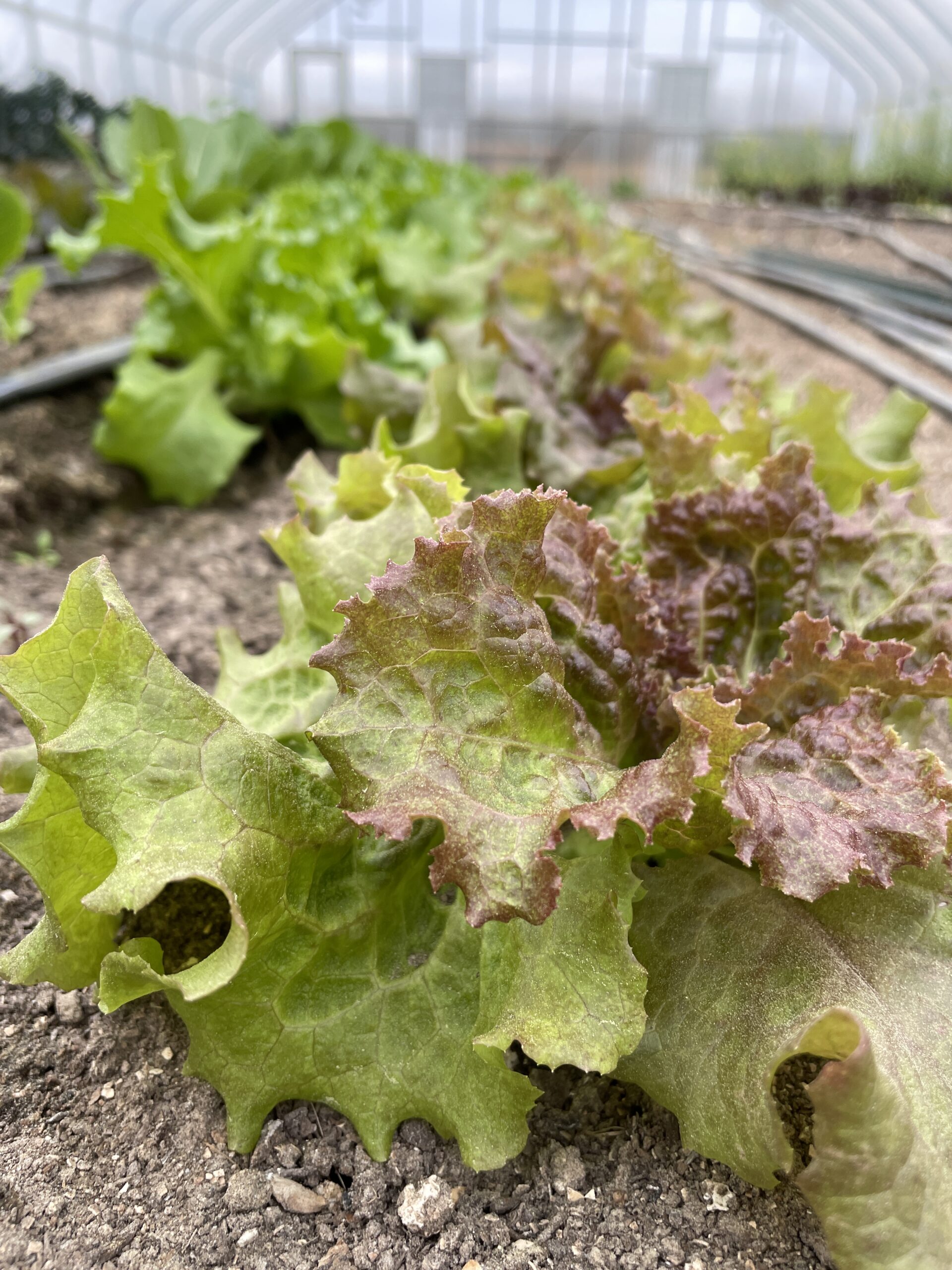If you’re not growing, you’re dying

Why are you growing your business? Why do you want to invest in a new greenhouse, wash/pack shed, or even just put more land in cultivation?
(TL/DR: There are many good reasons! “if you’re not growing, you’re dying” isn’t one of them.)
You may be motivated by many things:
- You want to improve your profits. Perhaps, your business has inefficiencies that could be remedied by new equipment. I worked with a farmer last year who wanted to improve the housing for his pigs so that he could increase his breeding rates and improve the overall feed conversion ratio. The investment would allow him to increase profits with the same level of production.
- You want to increase your profits. Your profit margins may be where you want them (for example, your profit margin is 20%; in other words, for $100,000 in revenue, you have $20,000 in profits). But you just need more profits.
- Maybe you want profits of $50,000 to support yourself, so you need to increase revenue to $250,000.
- Maybe you want to expand the capacity of the farm so that there’s enough to pass along to two of your kids (and their families), instead of passing it along to just one.
- Along those lines, you may want to ensure the long-term viability of the farm for the next generation by making improvements to the infrastructure.
- You see a gap in the marketplace that needs filling. I’m currently working with a farmer who’s creating value-added products for her business, and sees demand to process other farms’ products.
These are all worthy motivations. They are clearly defined, and thereby you can effectively evaluate the opportunity.
If you’re trying to improve profits by building new infrastructure, you can compare the cost of the improvement with the potential cost savings.
If you want to increase profits, you can compare the cost of the improvement and new operating expenses with the potential for increased revenue.
Likewise, if you want to fill a gap in the marketplace, you can test the feasibility of the investment against the volume of sales needed to make it worthwhile.
Recently, I met a farmer who was considering a “handful” of projects; various upgrades and improvements:
- new state-of-the-art greenhouses to replace the current ones, which he could monitor via WiFi.
- Relocating the farm store to offer better access, and improve the overall layout of the farm as it welcomed visitors.
- Purchasing new land to expand its agri-tourism opportunities.
He had a lot of options and opportunities, and I was percolating on how to help evaluate the viability of each one. With all the options he was considering, it was unlikely he’d be able to complete all them at once, so we’d need to prioritize which are the best to pursue first.
I asked him, why do you want to make these investments?
His response:
“If you’re not growing, you’re dying.”
I’ll be honest with you: his response shook me.
This was the unspoken maxim in business school… a successful business is always growing, and businesses that weren’t growing were “lifestyle businesses” which had a disparaging tone to it.
But as I learned over the years working with many small businesses:
- Growth isn’t right for everyone.
There is nothing wrong with a “lifestyle” business. I would call it “right-sized”. And at the right size, you can live your life at a pace that’s sustainable. - As we know, now more than ever, a work-life balance should be treasured. If you can operate at a sustainable level – earning enough profits to support yourself and save for all of life’s eventualities working at a pace that doesn’t run into the ground – then stick with it. It’s working!
More specifically, here’s my beef with “If you’re not growing, you’re dying” especially in the context of this farmer’s decisions.
- He had 3 different options before him. He didn’t have a clear motivation, which made it near impossible to evaluate the different options.
- If he was trying to improve profits, then we could evaluate the increased potential of profits compared to the investments. We could factor in the cost of debt service, and if the additional profits be enough to cover the debt and improve profits.
- If he was try to improve the long term viability of the business, then he may prioritize upgrades to the greenhouse instead of purchasing new land.
Further, it was unclear how much debt he had from other/previous upgrades and improvements to the farm, and if additional improvements and expansion would dig him further into debt.
Don’t get me wrong: there’s nothing wrong with a growing business. The important lesson here is to make sure you have a clear goal and motivation so you can evaluate the options before you and make clear-headed decisions.
What growth strategies are you considering? What is motivating you?
